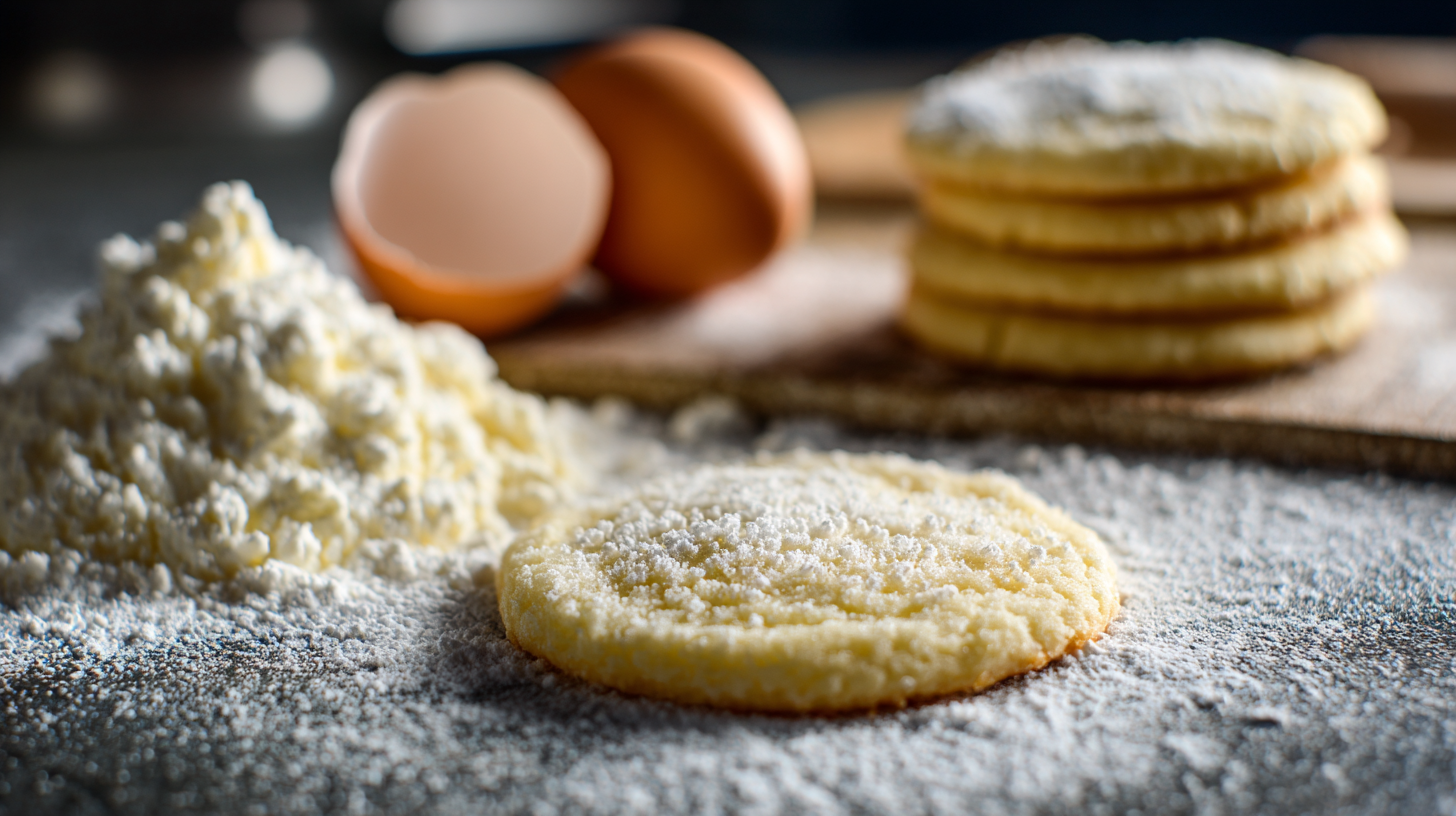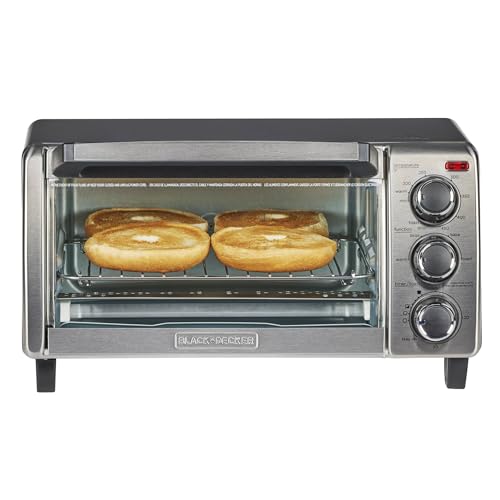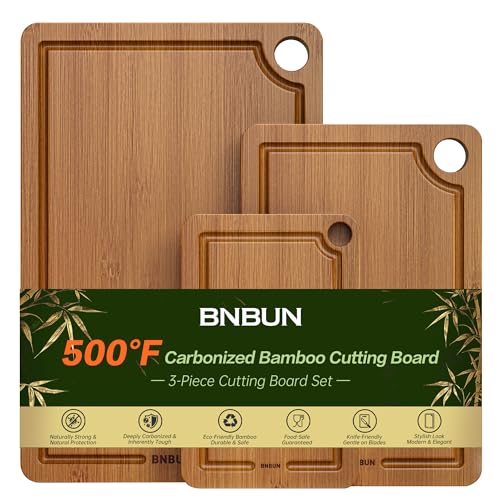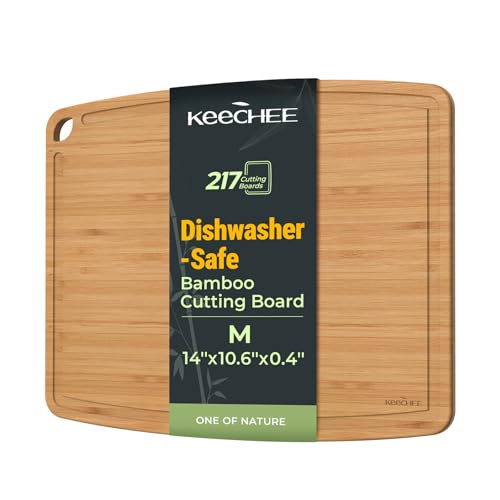Ingredients
This simple sugar cookie recipe requires basic pantry staples that create perfectly tender cookies. You’ll need items for the dough base plus a quick sugar coating that gives these cookies their signature sparkle.
For the Cookie Dough
- 2¾ cups all-purpose flour
- 1 teaspoon baking soda
- 1 teaspoon salt
- 1 cup unsalted butter, softened to room temperature
- 1½ cups granulated sugar
- 1 large egg
- 1 teaspoon vanilla extract
For the Sugar Coating
- ½ cup granulated sugar for rolling
- 1 teaspoon ground cinnamon (optional)
Equipment Needed
Your kitchen likely contains most of the essential tools for this simple sugar cookie recipe. A large mixing bowl serves as your primary workspace for combining ingredients and creating the perfect dough consistency. Electric mixers make the process faster and easier, though you can achieve excellent results mixing by hand with a wooden spoon.
Measuring cups and measuring spoons ensure accurate ingredient ratios for consistent cookie texture every time. You’ll need both dry measuring cups for flour and sugar, plus liquid measuring cups for any wet ingredients. A set of measuring spoons handles smaller quantities like vanilla extract and baking soda.
Cookie sheets or baking pans provide the foundation for baking your sugar cookies to golden perfection. Two cookie sheets allow you to rotate batches efficiently while one set bakes in the oven. Line these with parchment paper for easy removal and cleanup.
Rolling pins become essential if you plan to create cut-out sugar cookies for special occasions. Choose between traditional wooden pins or modern silicone versions based on your preference. Cookie cutters in various shapes transform basic dough into festive holiday treats or themed designs.
A wire cooling rack prevents soggy cookie bottoms by allowing air circulation around freshly baked cookies. This simple tool ensures your sugar cookies maintain their perfect texture as they cool to room temperature.
Small bowls serve multiple purposes throughout the baking process. Use them for separating ingredients, creating the cinnamon sugar coating, or organizing toppings before decorating. Having several small bowls on hand streamlines your workflow and keeps ingredients organized.
Instructions

Follow these straightforward steps to create perfectly tender sugar cookies with crispy edges and soft centers. The process takes about 30 minutes from start to finish.
Prep the Dough
Preheat your oven to 375°F and line your cookie sheets with parchment paper. In a medium bowl, whisk together 2¼ cups all-purpose flour, 1 teaspoon baking soda, and 1 teaspoon salt until evenly combined.
Cream the softened butter and 1¾ cups granulated sugar in your large mixing bowl until light and fluffy, about 3-4 minutes with an electric mixer or 5-6 minutes by hand. Beat in the egg until fully incorporated, then add 2 teaspoons vanilla extract and mix until smooth.
Add the flour mixture to the butter mixture gradually, mixing on low speed until just combined. Avoid overmixing to maintain the tender texture of your finished cookies.
Chill the Dough
Wrap the cookie dough tightly in plastic wrap and refrigerate for at least 30 minutes. This chilling step prevents the cookies from spreading too much during baking and helps maintain their shape.
For cut-out cookies, chill the dough for 1-2 hours until firm enough to roll without sticking. The longer chilling time makes rolling and cutting much easier while producing cleaner cookie edges.
Shape the Cookies
For drop cookies, scoop rounded tablespoons of chilled dough and roll them into balls between your palms. Roll each ball in the sugar coating mixture and place them 2 inches apart on your prepared cookie sheets.
For cut-out cookies, roll the chilled dough on a floured surface to ¼-inch thickness. Cut with your favorite cookie cutters and transfer carefully to the lined baking sheets using a thin spatula.
Bake the Cookies
Bake drop cookies for 8-10 minutes until the edges are lightly golden but the centers still look slightly soft. Cut-out cookies typically need 6-8 minutes depending on their size and thickness.
Remove the cookies from the oven when the edges are set but the centers appear slightly underbaked. Let them cool on the baking sheet for 5 minutes before transferring to a wire rack to cool completely. This resting time allows the cookies to finish cooking while maintaining their soft texture.
Directions for Decorating
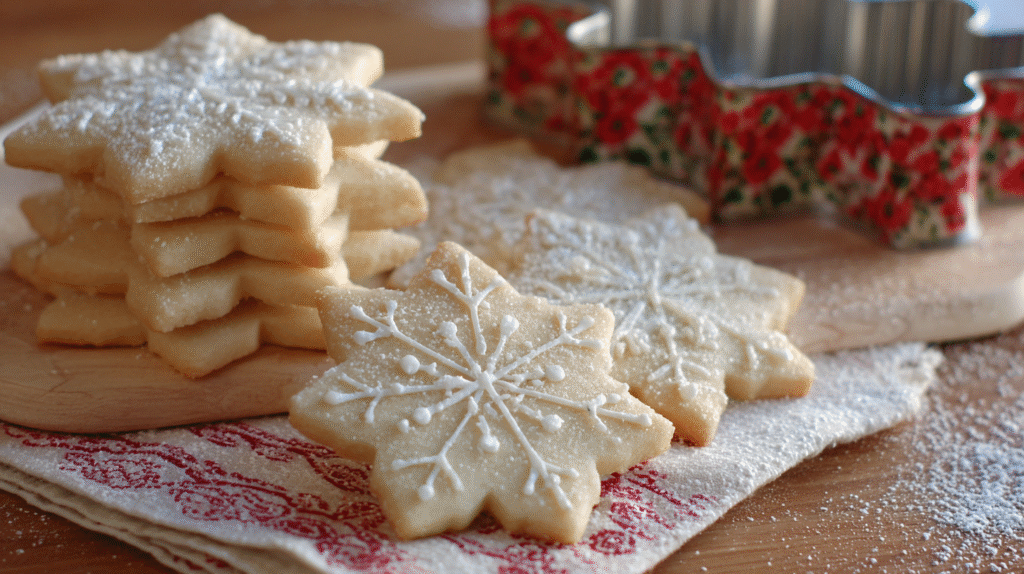
Transform your freshly baked sugar cookies into stunning treats with these simple decorating methods. These techniques work perfectly with cookies that have cooled completely on your wire rack.
Simple Sugar Coating Method
Roll warm cookies directly in granulated sugar while they retain slight heat from baking. This creates an instant sparkly coating that adheres naturally to the cookie surface. Combine 1/2 cup granulated sugar with 1 teaspoon ground cinnamon in a shallow bowl for added warmth and flavor.
Gently press each cookie into the sugar mixture using light pressure to ensure even coverage. Turn the cookie over and repeat on the opposite side for complete coating. The residual warmth helps the sugar crystals stick without requiring additional moisture.
Store sugar-coated cookies in an airtight container with parchment paper between layers. This prevents the coating from transferring between cookies and maintains the crisp texture you worked to achieve.
Optional Icing Glaze
Create a smooth vanilla glaze using 1 cup powdered sugar and 2-3 tablespoons milk or heavy cream. Whisk ingredients together until you achieve a consistency that coats the back of a spoon without being too thick or runny.
Add 1/2 teaspoon vanilla extract to enhance the flavor profile and complement your cookie base. Food coloring transforms plain white icing into festive colors perfect for holidays or special occasions.
Dip each cooled cookie face-down into the glaze or drizzle the mixture over cookies using a spoon. Allow excess glaze to drip back into the bowl before placing cookies on a wire rack. The icing sets within 15-20 minutes and creates a glossy finish that elevates your simple sugar cookies into bakery-quality treats.
Make-Ahead Instructions
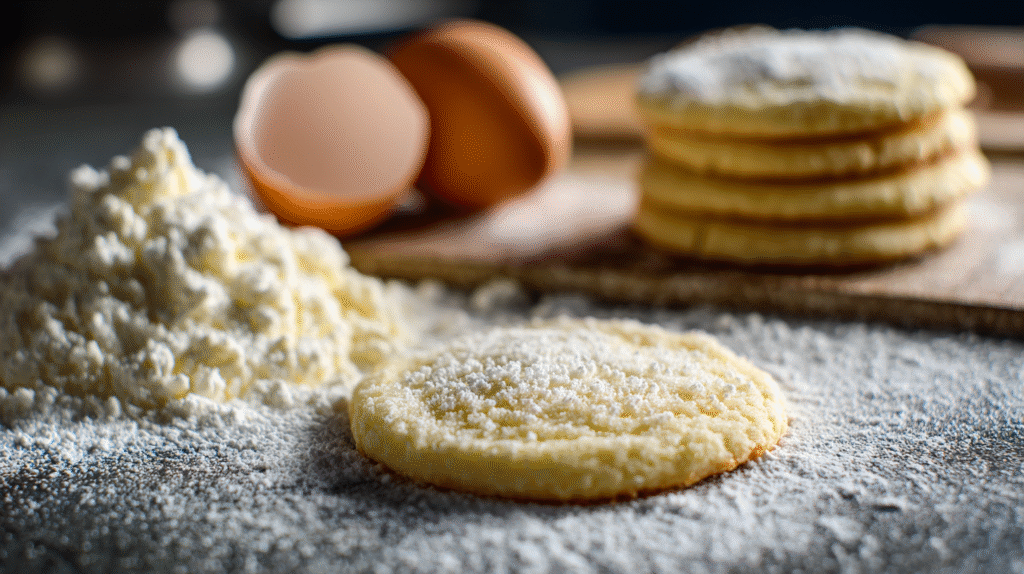
Sugar cookies become even more convenient when you plan ahead with smart storage strategies. These techniques allow you to enjoy fresh cookies whenever the craving strikes.
Storing Cookie Dough
Your cookie dough stays fresh in the refrigerator for up to 3 days when wrapped tightly in plastic wrap. Shape the dough into a disk before wrapping to ensure even chilling and easier rolling later. For longer storage, freeze the wrapped dough for up to 3 months in a freezer safe container or bag.
Drop cookie dough portions can be scooped onto baking sheets and frozen solid before transferring to freezer bags. This method lets you bake individual cookies directly from frozen by adding 1 to 2 extra minutes to the baking time. Label your containers with the date and baking temperature for quick reference.
Thaw frozen dough in the refrigerator overnight before rolling and cutting shapes. Room temperature thawing works faster but may make the dough too soft for clean cuts.
Freezing Baked Cookies
Completely cooled sugar cookies freeze beautifully for up to 6 months when stored properly. Layer the cookies between sheets of parchment paper in airtight containers to prevent sticking and breakage. Freezer bags work well for drop cookies but use rigid containers for delicate cut out shapes.
Undecorated cookies freeze better than frosted ones since icing can become soggy during thawing. Add your sugar coating or glazes after thawing for the best texture and appearance. Thaw frozen cookies at room temperature for 15 to 30 minutes before serving.
Individual wrapping in plastic wrap provides extra protection for special occasion cookies. This method prevents freezer burn and makes it easy to grab just the number you need for unexpected guests or lunch box treats.
Storage Tips
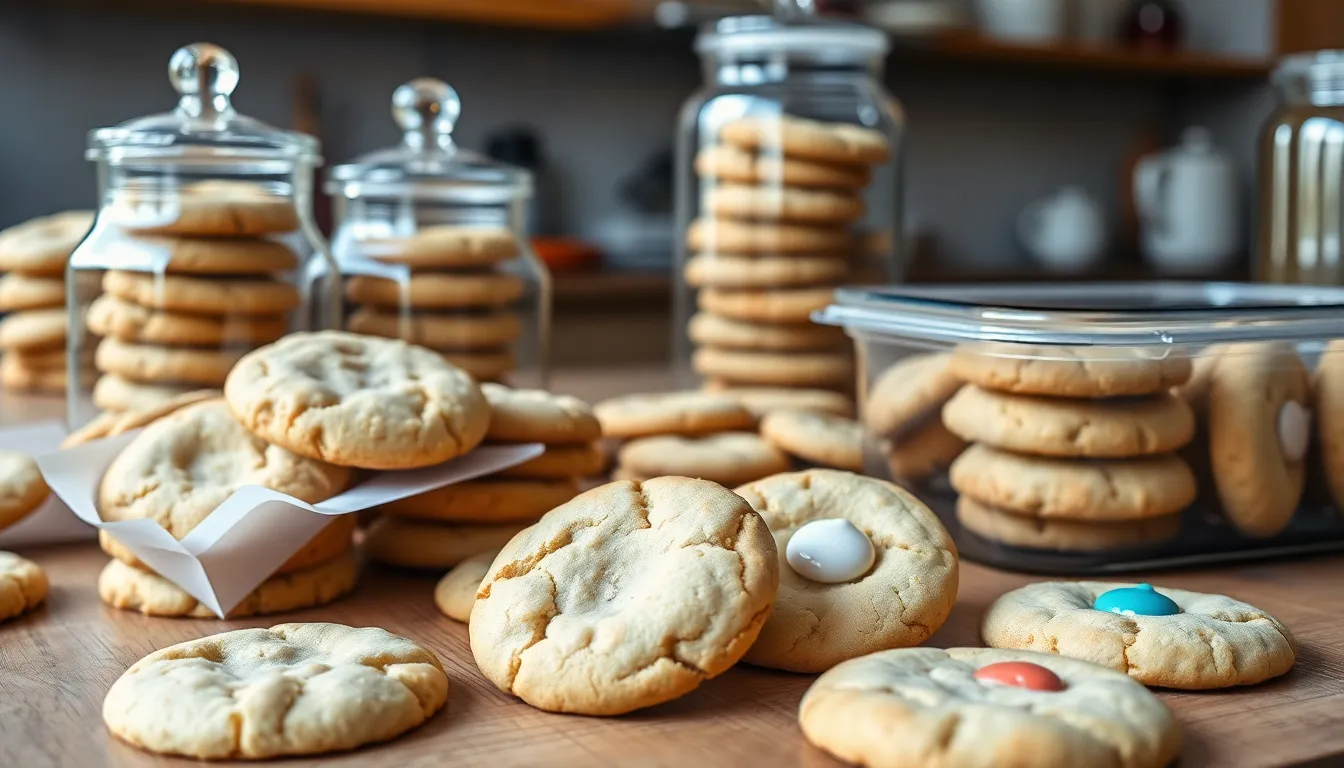
Your freshly baked sugar cookies will maintain their perfect texture and flavor when stored properly. Room temperature storage works best for these cookies since they stay soft and chewy for up to one week when kept in an airtight container.
Layer your cookies between sheets of parchment paper to prevent sticking and preserve any decorative finishes. Glass containers with tight-fitting lids or plastic storage containers both work excellently for maintaining freshness. Avoid storing decorated and plain cookies together as moisture levels can vary between them.
Refrigerated storage extends your cookies’ lifespan up to two weeks. Wrap individual cookies in plastic wrap before placing them in airtight containers if you plan to store them longer than a week. This extra protection prevents the cookies from absorbing refrigerator odors and maintains their sweet vanilla flavor.
Freezing offers the longest storage option for your sugar cookies. Wrap each cookie individually in plastic wrap then place them in freezer-safe bags or containers. Properly frozen cookies maintain their quality for up to six months without losing their tender texture.
| Storage Method | Duration | Container Type | Special Notes |
|---|---|---|---|
| Room Temperature | 1 week | Airtight container | Layer with parchment paper |
| Refrigerated | 2 weeks | Airtight container | Wrap individually for longer storage |
| Frozen | 6 months | Freezer-safe bags/containers | Individual wrapping prevents freezer burn |
Thaw frozen cookies at room temperature for 30 minutes before serving. They’ll taste just as fresh as the day you baked them. Keep decorated cookies separate from plain ones during storage to prevent the decorations from transferring or becoming damaged.
Store your sugar coating mixture in a sealed jar for future cookie batches. The cinnamon and sugar blend stays fresh for months and saves preparation time for your next baking session.
Troubleshooting Common Issues
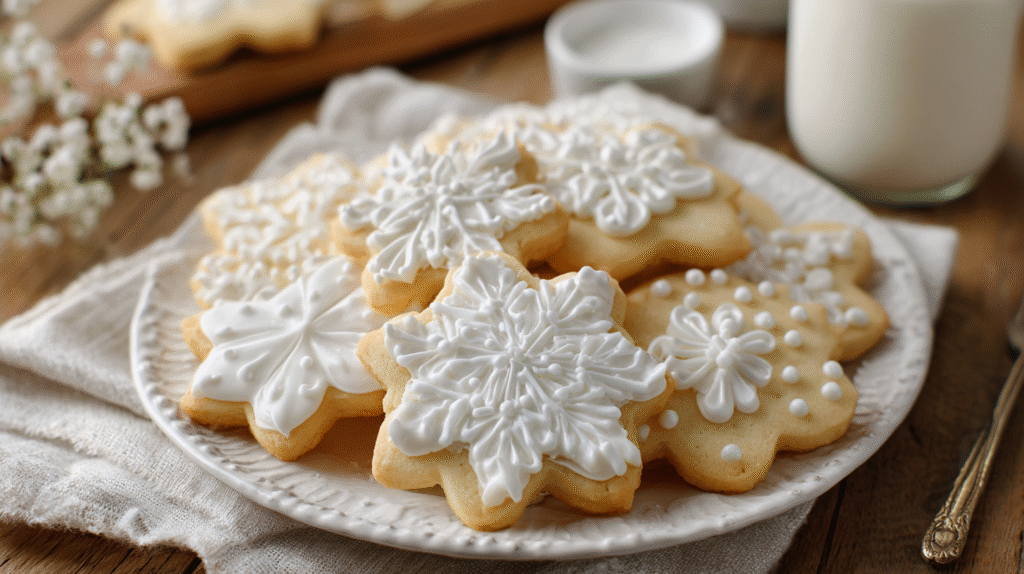
Even the most straightforward sugar cookie recipe can present challenges that affect your final results. Understanding these common issues helps you achieve perfectly textured cookies every time.
Cookies Spreading Too Much
Your sugar cookies spread excessively when the dough becomes too warm or contains too much butter. Check that your butter was properly creamed but not melted during mixing. Room temperature butter should feel soft when pressed but still hold its shape.
Chill your dough for at least 30 minutes before shaping if you notice it feels sticky or overly soft. This firming step prevents cookies from losing their shape during baking. Warm cookie sheets can also cause immediate spreading when dough hits the hot surface.
Space your cookies at least 2 inches apart on the baking sheet to allow for natural expansion. Using parchment paper helps maintain consistent heat distribution and prevents sticking. Your oven temperature might be too low if cookies spread before setting properly.
Measure your flour accurately using the spoon and level method rather than scooping directly from the container. Too little flour creates a loose dough that cannot maintain structure during baking.
Cookies Too Hard or Too Soft
Overbaking creates hard cookies that lose their tender texture within minutes of excessive heat exposure. Remove cookies from the oven when edges appear set but centers still look slightly underbaked. They continue cooking on the hot pan after removal.
Your cookies turn out too soft when underbaked or when the dough contains too much moisture. Ensure your oven reaches the proper 375°F temperature using an oven thermometer for accuracy. Baking times vary based on cookie size and thickness.
Store cookies properly to maintain their intended texture after cooling completely. Soft cookies become hard when exposed to air while hard cookies can absorb moisture and become chewy. Use airtight containers with tight fitting lids.
Check your baking soda freshness if cookies fail to achieve proper texture even though following timing guidelines. Replace baking soda every six months for optimal leavening power. Fresh baking soda creates the perfect tender crumb structure.
Altitude affects baking results significantly above 3000 feet elevation. Reduce sugar by 1-2 tablespoons and increase flour by 1-2 tablespoons to compensate for lower air pressure effects on cookie structure.
Variations and Flavor Ideas
Transform your basic sugar cookie recipe into exciting flavor adventures with these simple ingredient additions. Each variation maintains the beloved tender texture while introducing distinctive tastes that will delight your family and friends.
Vanilla Sugar Cookies
Enhance your sugar cookies with rich vanilla flavor by doubling the vanilla extract to 2 teaspoons in your dough. You can substitute pure vanilla bean paste for an even more intense vanilla taste with beautiful black specks throughout the cookies. Add 1/2 teaspoon vanilla extract to your sugar coating mixture along with the granulated sugar for extra vanilla sweetness. These cookies pair perfectly with a vanilla glaze made from powdered sugar, milk, and vanilla extract. For ultimate vanilla indulgence, scrape the seeds from one vanilla bean pod directly into your creamed butter and sugar mixture.
Lemon Sugar Cookies
Create bright, citrusy cookies by adding 1 tablespoon fresh lemon zest to your butter and sugar mixture during the creaming process. Replace the vanilla extract with 1 teaspoon lemon extract for concentrated lemon flavor. Mix 1 tablespoon lemon zest into your sugar coating for a fragrant finish that complements the cookie’s citrus notes. Drizzle cooled cookies with lemon glaze made from powdered sugar, fresh lemon juice, and a pinch of lemon zest. You can substitute lime or orange zest for different citrus variations that work equally well with this base recipe.
Cinnamon Sugar Cookies
Infuse warm spice into your cookies by adding 1 teaspoon ground cinnamon directly to your flour mixture before combining with wet ingredients. Increase the sugar coating’s appeal by mixing 2 tablespoons ground cinnamon with your granulated sugar for rolling warm cookies. Layer additional warmth by adding 1/4 teaspoon nutmeg and 1/8 teaspoon allspice to your flour mixture alongside the cinnamon. Roll your cookie dough balls in the cinnamon sugar mixture before baking for cookies with spiced exteriors and soft centers. These cookies taste exceptional when served warm with hot chocolate or coffee on cold days.
Conclusion
You now have everything you need to create perfect sugar cookies every time. This reliable recipe delivers consistently delicious results whether you’re baking for holidays or satisfying a sweet craving.
The beauty of these sugar cookies lies in their simplicity and adaptability. You can stick to the classic version or explore the flavor variations to keep things exciting. With proper storage techniques you’ll enjoy fresh-tasting cookies for weeks.
Remember that practice makes perfect. Don’t worry if your first batch isn’t exactly what you envisioned – each attempt helps you master the technique. Soon you’ll be creating beautiful sugar cookies that’ll become a treasured tradition in your own kitchen.

